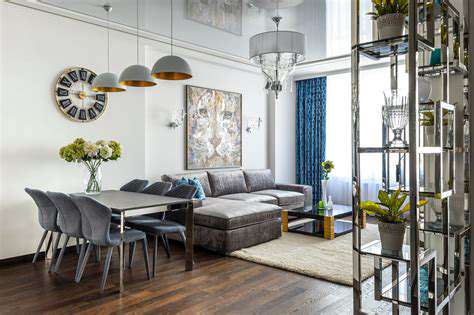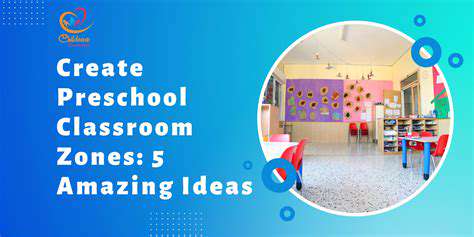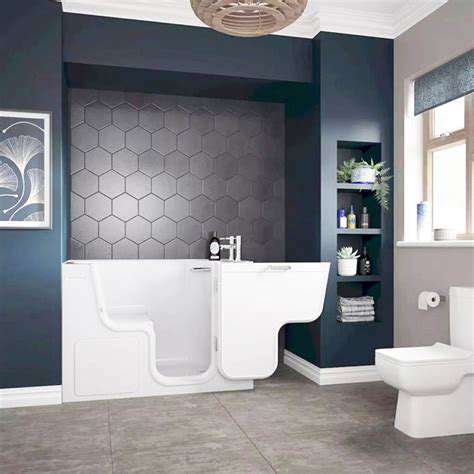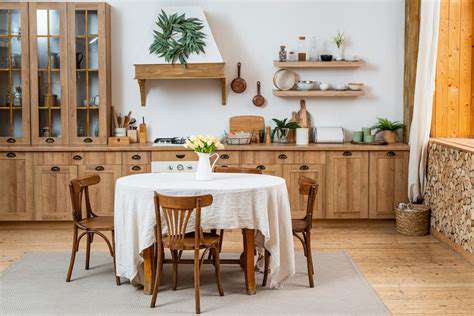Expert Study Room Inspirations for an Organized and Productive Environment
Choosing the Right Workspace Layout
Creating a functional workspace requires careful consideration of layout and flow. The ideal setup depends on your unique needs and available space. Some thrive in cozy nooks, while others prefer open areas with room to spread out. Natural light plays a critical role in cognitive performance, so position your desk to take advantage of windows while avoiding glare on screens. The relationship between your seating, work surface, and storage should form an efficient triangle that minimizes unnecessary movement.
Ergonomics for Enhanced Comfort and Productivity
Proper ergonomics go beyond just having a comfortable chair. Your entire workstation should adapt to your body's needs. An adjustable chair with lumbar support is non-negotiable for long study sessions, but equally important is monitor height - your screen's top should align with eye level. Keyboard placement should allow your elbows to rest at 90 degrees, preventing strain. Don't overlook foot support; a small stool can make all the difference for shorter individuals. These adjustments collectively prevent the fatigue that disrupts concentration.
Decluttering for a Clear Mind
Physical clutter directly impacts mental clarity. Implement a system where every item has a designated home. Try the one-minute rule - if you can put something away in under a minute, do it immediately. Visible surfaces should contain only what you're actively using, with other materials stored but accessible. Weekly reset sessions where you return everything to its proper place can maintain this system effortlessly. The psychological benefit of seeing a clean workspace primes your brain for focused work.
Utilizing Natural Light and Color Schemes
Lighting quality affects both eye strain and circadian rhythms. Combine overhead lighting with adjustable task lighting for versatility. When choosing colors, consider that soft blues and greens promote calm focus, while warmer tones can stimulate creativity. Matte finishes reduce glare better than glossy surfaces. If natural light is limited, full-spectrum bulbs can provide a reasonable substitute, though nothing truly replaces daylight's benefits.
Incorporating Elements of Nature
Biophilic design principles suggest we perform better with natural elements. Low-maintenance plants like snake plants or pothos improve air quality while adding life to your space. Natural wood finishes or stone accents provide textural interest. Even digital nature scenes on a monitor or framed landscape photographs can offer some benefits. These elements don't just look nice - they measurably reduce stress hormones, creating better conditions for deep work.
Soundproofing and Minimizing Distractions
Acoustic management is often overlooked in home workspaces. Heavy curtains absorb sound while also controlling light. White noise machines or apps can mask disruptive sounds with consistent ambient noise. If possible, position your desk away from high-traffic areas and noisy appliances. For shared spaces, visual barriers like room dividers can create psychological separation even when physical isolation isn't possible.
Personalization for Motivation and Inspiration
While minimalism has its benefits, sterile environments can feel uninspiring. Curate meaningful objects that tell your story or represent your goals - a framed degree you're working toward, artwork from a favorite trip, or mementos of past achievements. Rotate these items periodically to maintain novelty without creating clutter. The right balance between personal expression and functional minimalism creates a space that feels both motivating and comfortable.


Read more about Expert Study Room Inspirations for an Organized and Productive Environment
Hot Recommendations
- Trendy Kitchen Interiors: Open Concepts and Smart Storage Solutions
- Expert Multi Functional Room Ideas for Combining Entertainment with Fitness
- Modern Home Office Inspirations for a Study That Merges Work and Leisure
- Modern Bathroom Design Ideas for Optimizing Small Spaces and Safety
- Expert Strategies for a Children's Room That Inspires Growth and Imagination
- Modern Bathroom Inspirations for a Space That Prioritizes Safety and Efficiency
- Creative Multi Functional Space Ideas for a Room That Combines Gym and Media
- Modern Techniques for a Multi Purpose Room That Enhances Home Entertainment and Fitness
- Expert Guide to Balancing Modern Art and Functional Living Room Layouts
- Expert Tips for a Children's Room That Balances Play, Learning, and Security











